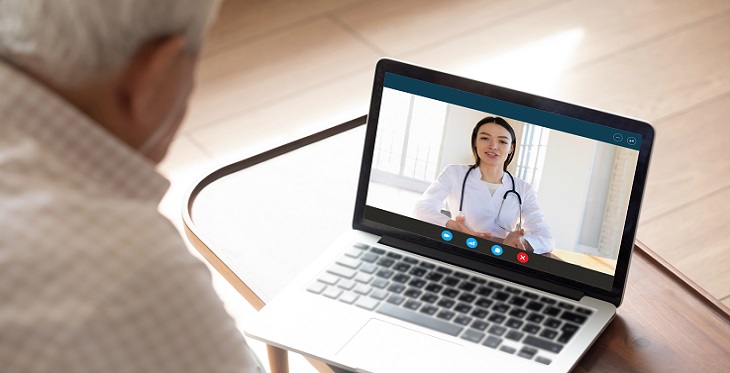Encounters with Telehealth: Older Adults with Limited English Proficiency Living Rurally

As the COVID-19 pandemic unfolded, I’ve watched with great interest how older adults with limited English proficiency (LEP) are encountering telehealth. My own grandmother speaks and understands very limited English and must rely on others for translation services and transportation to doctors’ appointments.
Telehealth is poised to be a significant tool in increasing healthcare access for older adult LEP patients, especially those who live rurally. It eliminates travel obstacles, which are made increasingly difficult for patients of advanced age and could allow for greater compliance with healthcare plans, better continuity of care, and access to specialists that may not reside in a patient’s area. However, there are legal, structural, and practical obstacles that make the reality of telehealth a far cry from its intention.
One obstacle to telehealth adoption for this group is the lack of resources and instructions explaining telehealth platforms in patients’ native languages. This is further impeded because of the digital divide, which refers to a disparity in internet access and infrastructure for older adults, and a digital literacy gap, which describes how older adults struggle more often with operating technology than younger patients.
Another barrier is the lack of interpreters and language services. Health programs that receive federal funds, including Medicare and Medicaid, are required by federal law to provide language services in patients’ preferred language under a provision of Title VI of the Civil Rights Act of 1964. These provisions were also recently expanded under Section 1557 of the Affordable Care Act, but still a third of US hospitals do not offer sufficient language services. In cases where interpreters are available, there are additional difficulties. Virtual platforms that meet HIPAA standards and privacy requirements pose obstacles to integrating an interpreter into a visit, and often were found to be unfriendly to users and a disruption to healthcare office workflow.
Other obstacles to telehealth access and adoption among LEP patients become compounded by covariates such as age, socioeconomic status, citizenship status, and urban vs. rural setting. A significant issue is the paucity of information that recognizes these covariates, or the fact that language proficiency is a gradient, and even patients that understand some English or speak intermediately may fare just as poorly as LEP patients.
As COVID-19 era allowances are reversed, providers must also consider how telehealth infrastructure and laws disproportionately impact LEP older adults. For example, patients must be established with a physician prior to having a telehealth appointment. This poses a problem because as one study demonstrates, LEP older patients are more likely than English-only speakers to lack a usual source of healthcare, and are more likely to turn to the emergency department.
Since the pandemic telehealth has become more permanently integrated into how healthcare is delivered, but as the technological innovation moves forward, additional effort must go towards ensuring health disparities and groups with multiple covariates are not left behind. Thankfully, many providers are conducting research and creating recommendations for telehealth best practices that take into consideration the complex needs of these populations.
